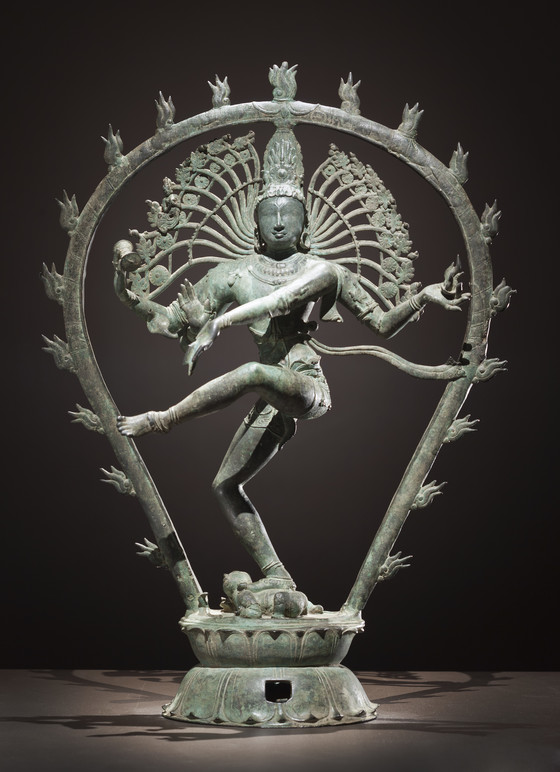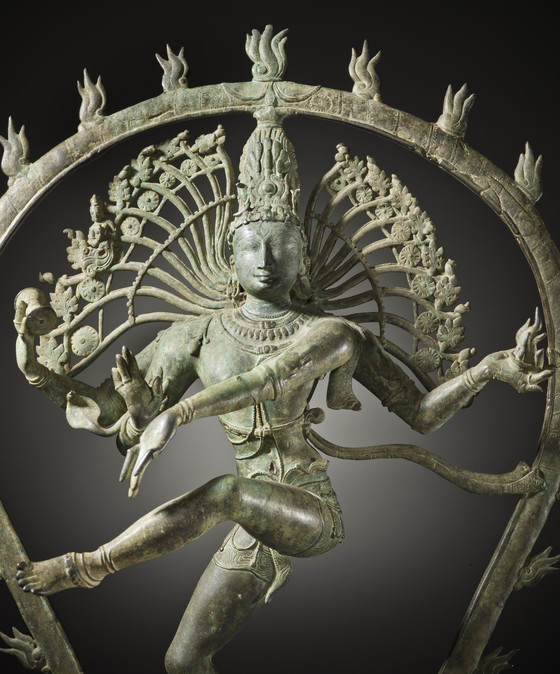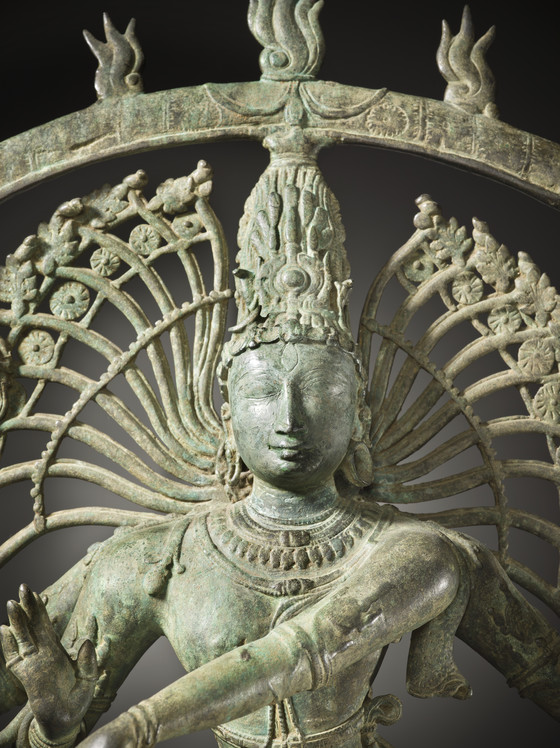Shiva as the Lord of Dance





Please log in to add this item to your gallery.
Please log in to add tags.
* Nearly 20,000 images of artworks the museum believes to be in the public domain are available to download on this site.
Other images may be protected by copyright and other intellectual property rights.
By using any of these images you agree to LACMA's Terms of Use.
Shiva as Lord of the Dance
March 2, 2015
Shiva, depicted in this copper-alloy sculpture, was especially popular and widely worshipped throughout southern India. Along with Brahma the Creator and Vishnu the Preserver, Shiva the Destroyer and Restorer makes up the triad of Hindu gods. He also serves as the patron god of yoga, recognized as the source of the cosmic dance that created the universe in endless rhythmic cycles...
Shiva as the Lord of Dance
India, Tamil Nadu, circa 950-1000
Sculpture
Copper alloy
30 x 22 1/2 x 7 in. (76.20 x 57.15 x 17.78 cm)
Anonymous gift (M.75.1)
Not currently on public view



Shiva as the Lord of Dance